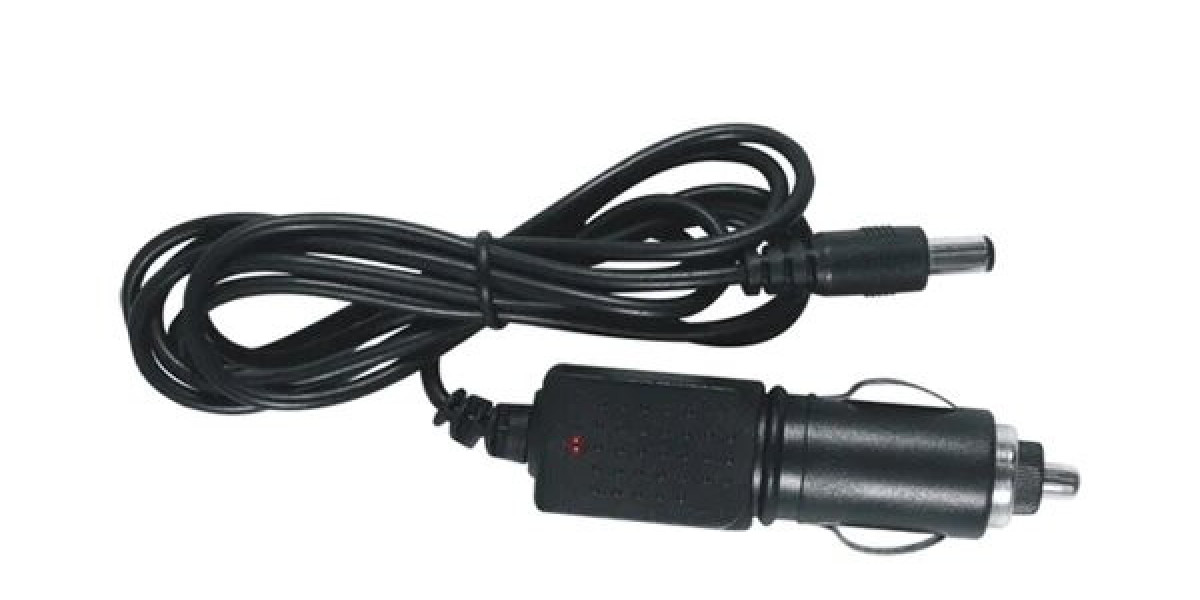In an age where digital connectivity and multimedia consumption have become integral to daily life, the concept of a TV antenna for a car might seem almost quaint. However, this innovation is steadily gaining traction, offering a unique blend of nostalgia and modern technology that enhances the in-car entertainment experience. Let's dive into the world of automotive TV antennas, exploring their benefits, installation processes, and practical applications.
The Rise of In-Car TV Antennas
The idea of watching television in a vehicle isn't new. Back in the mid-20th century, adventurous tinkerers would sometimes jury-rig household TV sets for mobile use. Today, the advent of digital broadcasting, compact electronics, and enhanced automotive design has made it feasible and practical to integrate TV antennas into cars, bringing crystal-clear broadcasts to passengers on the go.
Benefits of a TV Antenna for a Car
Enhanced Entertainment: One of the most apparent advantages is the ability to watch live TV while traveling. This can be particularly beneficial on long road trips, providing passengers with real-time access to news, sports, and entertainment.
Digital Clarity: Modern TV antennas for cars are designed to pick up digital signals, which offer superior picture and sound quality compared to the analog signals of the past.
Versatility: These antennas are not just limited to TV signals. They can often pick up FM radio and even certain digital radio broadcasts, adding another layer of functionality.
Cost-Effective: Compared to mobile data plans or satellite TV subscriptions, over-the-air TV is free, aside from the initial cost of the antenna and any installation fees.
How It Works
Automotive TV antennas function similarly to their home counterparts but are specially designed to cope with the unique challenges of a mobile environment. These include:
Reception Stability: Moving vehicles can experience fluctuating signal strength. Car TV antennas are engineered to maintain a steady signal even at highway speeds.
Compact Design: These antennas are typically smaller and more aerodynamic than home antennas, ensuring they don't detract from the vehicle's aesthetics or performance.
Multi-Directional Capabilities: Many car TV antennas can receive signals from multiple directions, reducing the need for constant reorientation.
Installation Process
Installing a TV antenna in your car can range from a straightforward DIY project to a more complex task requiring professional assistance. Here’s a general overview of the steps involved:
Choose the Right Antenna: Consider factors like signal range, frequency compatibility, and whether the antenna is intended for interior or exterior mounting.
Mount the Antenna: Follow the manufacturer’s instructions for placing the antenna. Exterior models might be mounted on the roof or trunk, while interior models can be placed on a dashboard or rear window.
Connect to the TV Tuner: The antenna will need to be connected to a TV tuner, which can be a standalone device or integrated into a multimedia head unit.
Power Up: Ensure that the antenna and tuner are properly connected to the car’s power system.
Scan for Channels: Once everything is connected and powered, use the TV tuner to scan for available channels.
Practical Applications
Road Trips: Keep passengers entertained on long drives, reducing the "Are we there yet?" syndrome.
Tailgating: Enjoy live sports broadcasts or other events during tailgate parties.
Emergency Situations: Access real-time news and weather updates during emergencies when other communication channels might be unavailable.
Camping: Stay connected to the world while enjoying the great outdoors, combining nature with modern amenities.
Challenges and Considerations
While the benefits are compelling, there are some considerations to keep in mind:
Signal Interference: Urban areas with tall buildings or rural areas with uneven terrain can affect signal quality.
Distraction: Ensure that the driver remains focused on the road. Many systems are designed to work only when the car is stationary or limit the driver's access to the screen.
Conclusion
A TV antenna for a car is a fascinating blend of vintage charm and cutting-edge technology, offering a versatile and cost-effective solution for on-the-go entertainment. Whether you’re embarking on a cross-country adventure, hosting a tailgate, or simply navigating your daily commute, this innovation keeps you connected to the world of live television, enhancing the overall travel experience. As technology continues to evolve, the future of in-car entertainment looks bright, promising even more exciting developments on the horizon.







